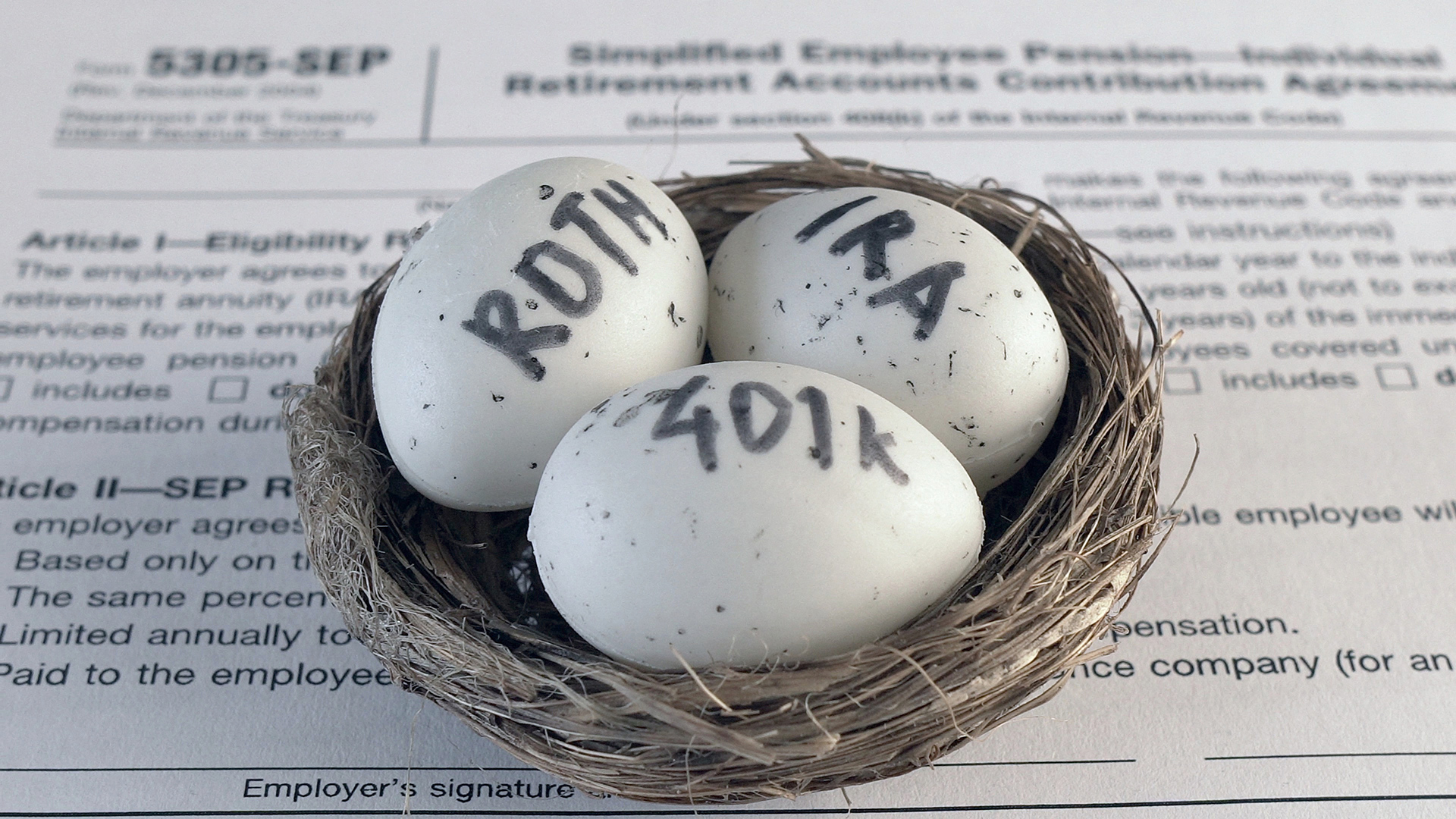When Must Employers Use E-Verify?
You must use E-Verify when you have federal contracts worth $150,000 or more, especially if there’s a FAR E-Verify clause. Certain states, like Alabama and Arizona, require compliance based on their laws.
If you’re hiring in industries prone to unauthorized workers, E-Verify can help reduce risks. Additionally, being proactive with E-Verify prepares you for audits and shows your commitment to hiring legally.
Stay tuned to learn more about best practices for implementing E-Verify.
Federal Contractors and Subcontractors
Understanding your E-Verify obligations is vital when you’re a federal contractor or subcontractor.
The E-Verify requirements under federal regulations mandate that you employ this system for employee verification if your contract includes the FAR E-Verify clause. This applies to government contracts valued at $150,000 or more and subcontractor obligations for contracts of $3,500 or more.
You need to guarantee that your subcontractors also comply with these E-Verify requirements. Maintaining contract compliance helps meet eligibility verification criteria and prepares you for potential auditing processes.
Employers in Certain States
While many employers mightn’t be required to use E-Verify, those operating in certain states face specific mandates that make participation necessary.
State legislation in Alabama, Arizona, Georgia, and Florida requires E-Verify compliance for various employers, including public agencies and those with a minimum employee count.
Understanding these legal considerations influences your hiring processes notably. You must guarantee proper employee verification to confirm employee eligibility, especially if state agencies or local governments are involved.
Additionally, be mindful of potential compliance audits, as failing to adhere to these requirements could lead to legal consequences or contractual obligations.
Staying updated on state laws is essential for maintaining your organization’s compliance.
Employers Hiring in Immigration Compliance Hot Spots
Employers operating in states with mandatory E-Verify laws must also consider their responsibilities in areas known for heightened immigration enforcement.
In industries like agriculture, construction, and hospitality, the likelihood of encountering unauthorized workers increases, prompting the need for sturdy compliance strategies. To meet legal obligations, you should implement effective hiring practices that prioritize workforce eligibility and employee verification.
Utilizing E-Verify can improve your risk mitigation efforts and demonstrate your commitment to adhering to industry regulations. By proactively addressing potential scrutiny from immigration enforcement agencies, you protect your business and contribute to a fair labor market.
Staying informed and adapting your hiring approach will help you maneuver the complexities of compliance in these critical areas.
Compliance With Federal and Immigration Audits
It’s critical for your organization to be prepared and proactive to guarantee compliance during federal and immigration audits. Implementing effective audit strategies can help you avoid compliance penalties associated with violations of immigration regulations.
Start with thorough audit preparation, focusing on employee verification processes and maintaining strong documentation practices. Confirm your records are accurate and accessible, as they’ll be essential during workforce audits.
Understanding the legal implications of settlement agreements is also crucial; after an audit, enrolling in E-Verify may be a requirement.
When Is E-Verify Voluntary?
For many businesses, using E-Verify is a voluntary choice rather than a legal obligation. By opting for voluntary participation, you can improve your hiring practices and demonstrate a commitment to ethical hiring.
E-Verify benefits include enhanced employee verification, which helps guarantee system accuracy and reduces the risk of hiring unauthorized workers. This proactive approach can strengthen compliance strategies and prepare you for audits.
Additionally, it lessens legal implications by showcasing your dedication to following employment eligibility laws. Ultimately, engaging in E-Verify as part of your risk management plan can provide peace of mind, allowing you to focus on building a reliable and compliant workforce without the looming threat of penalties.
Best Practices for Implementing E-Verify
While implementing E-Verify may seem straightforward, adopting best practices is essential for maximizing its effectiveness and guaranteeing compliance.
Start by training your HR staff on E-Verify to familiarize them with verification timelines and documentation standards. Then, incorporate E-Verify into your hiring processes and recruitment strategies to guarantee consistency.
Conduct compliance audits regularly to maintain accurate employee records and identify potential risk assessments. Be mindful of legal implications and ensure that your discrimination policies are strong, applying E-Verify uniformly across all employees.
Staying updated on state and federal laws will enhance compliance efforts and minimize penalties.
E-Verify Compliance for a Responsible Workplace
By implementing best practices and staying informed, you can streamline your hiring processes while fostering a responsible workplace. Remember, being proactive about E-Verify reduces legal risks and supports a fair employment environment for all.
Ensure your business stays compliant and avoids costly penalties with proper E-Verify implementation. Whether it’s a federal contract requirement or a proactive approach to risk management, Kona HR is here to help you navigate compliance with confidence. Learn more about how we can support your workforce verification needs today!





